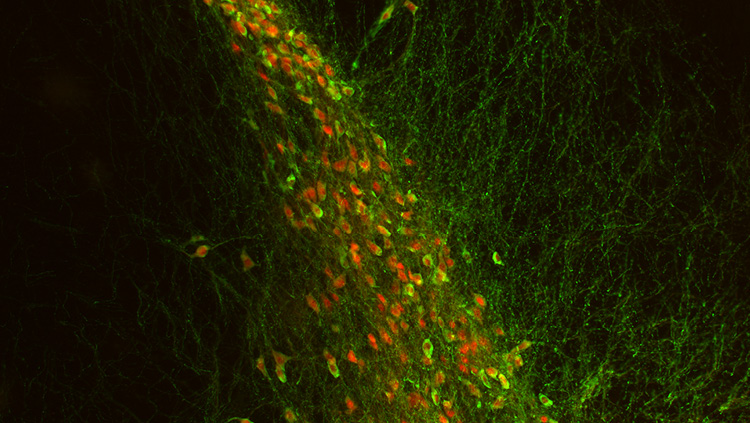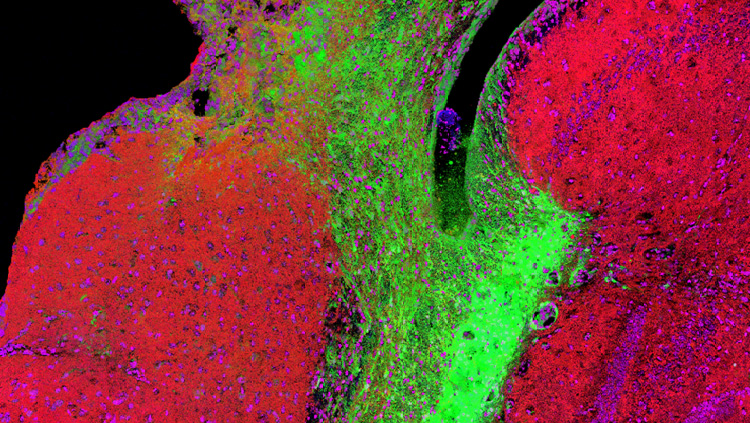Calcium Imaging
Explore resources and articles on calcium imaging.
-
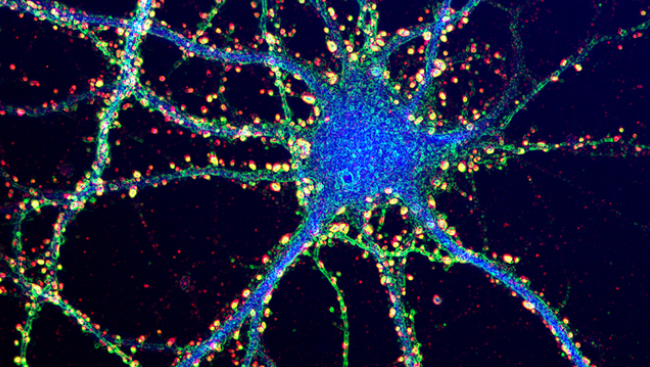 Genetically Encoded Calcium Indicators Monitor Cell Communication
Genetically Encoded Calcium Indicators Monitor Cell CommunicationMaterial below is adapted from the SfN Short Course Advances in Multi-Neuronal Monitoring of Brain Activity, by Douglas S. Kim, PhD, Vivek Jayaraman, PhD, Loren L. Looger, PhD, and Karel Svoboda, PhD. Short Courses are daylong scientific trainings on emerging neuroscience topics and research techniques held the day before SfN’s annual meeting.
As neuroscientists try to understand the dynamics of both large networks of neurons and single cells, new methods to monitor neuronal activity are being developed. One way to study synaptic and action potential activity is to measure intracellular calcium. Within dendritic spines, calcium transients correlate with synaptic activity, and in cell bodies, calcium signals accurately reflect action potentials (spikes).
-
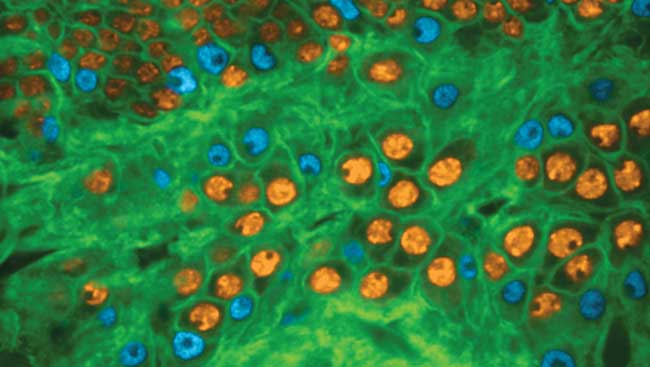 Dopamine Enhances Sensory Perception in Zebrafish
Dopamine Enhances Sensory Perception in ZebrafishMaterial below summarizes the article Dopamine Modulates the Activity of Sensory Hair Cells, published on December 16, 2015, in JNeurosci and authored by Cecilia Toro, Josef G. Trapani, Itallia Pacentine, Reo Maeda, Lavinia Sheets, Weike Mo, and Teresa Nicolson.
Perception of sensory stimuli, like sounds waves, is typically thought of as a unidirectional process: Sound waves hits the eardrum, and are then sensed by the inner ear, which conveys those auditory signals to the brain. At various centers of the brain, these signals are processed and relevant information is sorted. This allows for focused perception, such as hearing a particular voice among many voices.
-
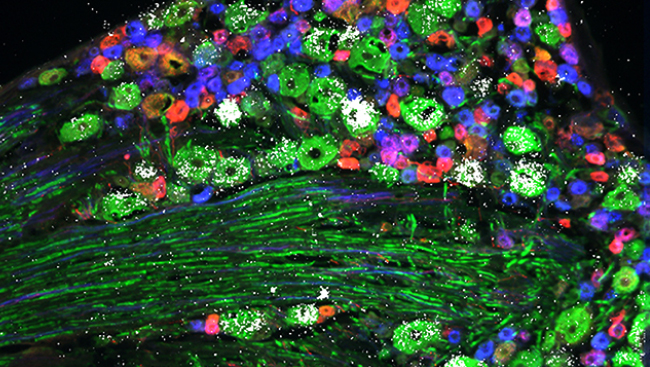 Extending the Range of Cellular Imaging: Sodium and Calcium at the Same Time
Extending the Range of Cellular Imaging: Sodium and Calcium at the Same TimeMaterial below summarizes the article Simultaneous Sodium and Calcium Imaging from Dendrites and Axons, published on October 14, 2015, in eNeuro and authored by Kenichi Miyazaki and William N. Ross.
Dynamic calcium imaging is an important technique. It can reveal information about the location of various calcium channels and calcium permeable receptors; the time course, magnitude, and location of intracellular calcium concentration ([Ca2+]i) changes; and indirectly, the occurrence of action potentials.
Dynamic sodium imaging, a less-used technique, can reveal analogous information related to sodium signaling. In some cases, like the imaging of AMPA and NMDA receptor responses to synaptic stimulation, detection of both [Ca2+]i and [Na+]i changes in the same preparation may provide more information than separate measurements. This is because both receptors are permeable to sodium, but only the NMDA receptor is permeable to calcium.
-
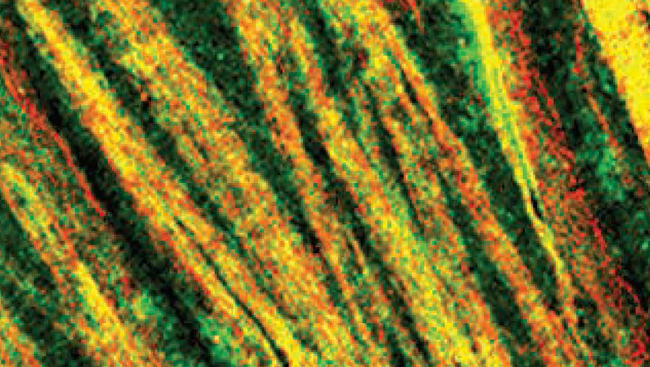 Transcriptional Regulation of an Endoplasmic Reticulum Calcium Sensor
Transcriptional Regulation of an Endoplasmic Reticulum Calcium SensorMaterial below summarizes the article NEUROD2 Regulates Stim1 Expression and Store-Operated Calcium Entry in Cortical Neurons, published on February 27, 2017, in eNeuro and authored by Gokhan Guner, Gizem Guzelsoy, Fatma Sadife Isleyen, Gulcan Semra Sahin, Cansu Akkaya, Efil Bayam, Eser Ilgin Kotan, Alkan Kabakcioglu, and Gulayse Ince-Dunn.
The cerebral cortex is the seat of higher cognitive functions such as learning, memory, planning, language acquisition, attention, and consciousness. In order to carry out these complex tasks, the cortex is composed of myriad types of neurons amounting to approximately 20-25 billion in humans.
A large proportion of these neurons — excitatory neurons — use the excitatory neurotransmitter glutamate and assemble into circuits that function in local communications and long-distance communications with other parts of the brain. A formidable task for the developing cerebral cortex is the production, differentiation, and assembly of excitatory cortical neurons into properly functioning networks.
-
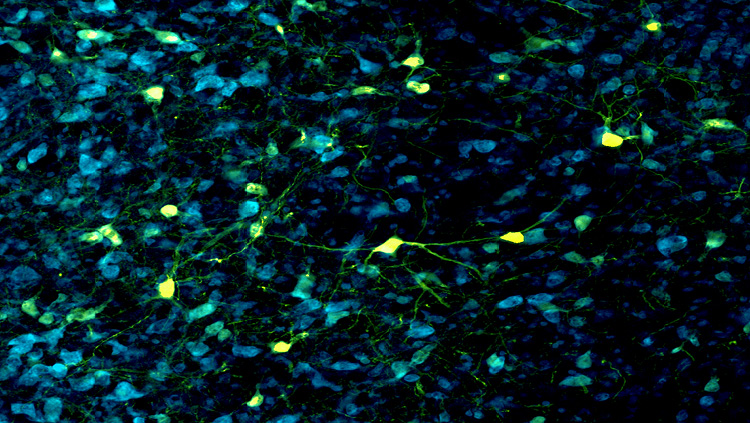 Calcium Imaging Journal Articles
Calcium Imaging Journal ArticlesRead the latest research on calcium imaging and neural circuit interrogation.








